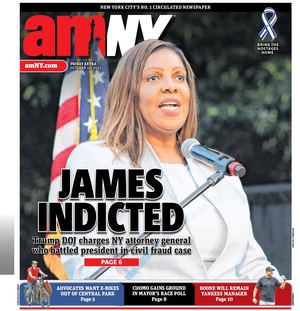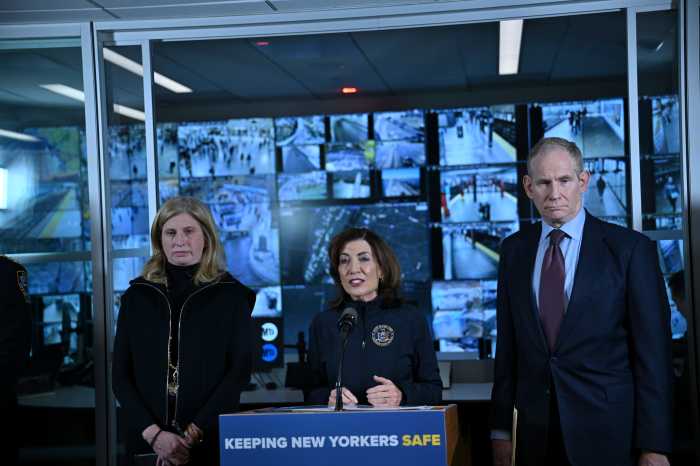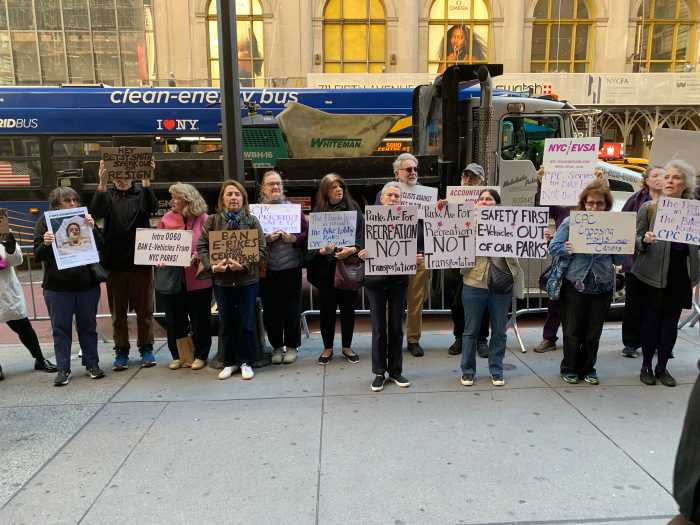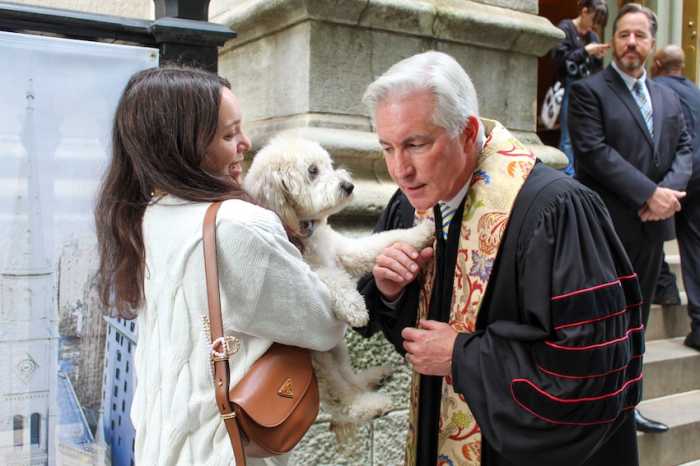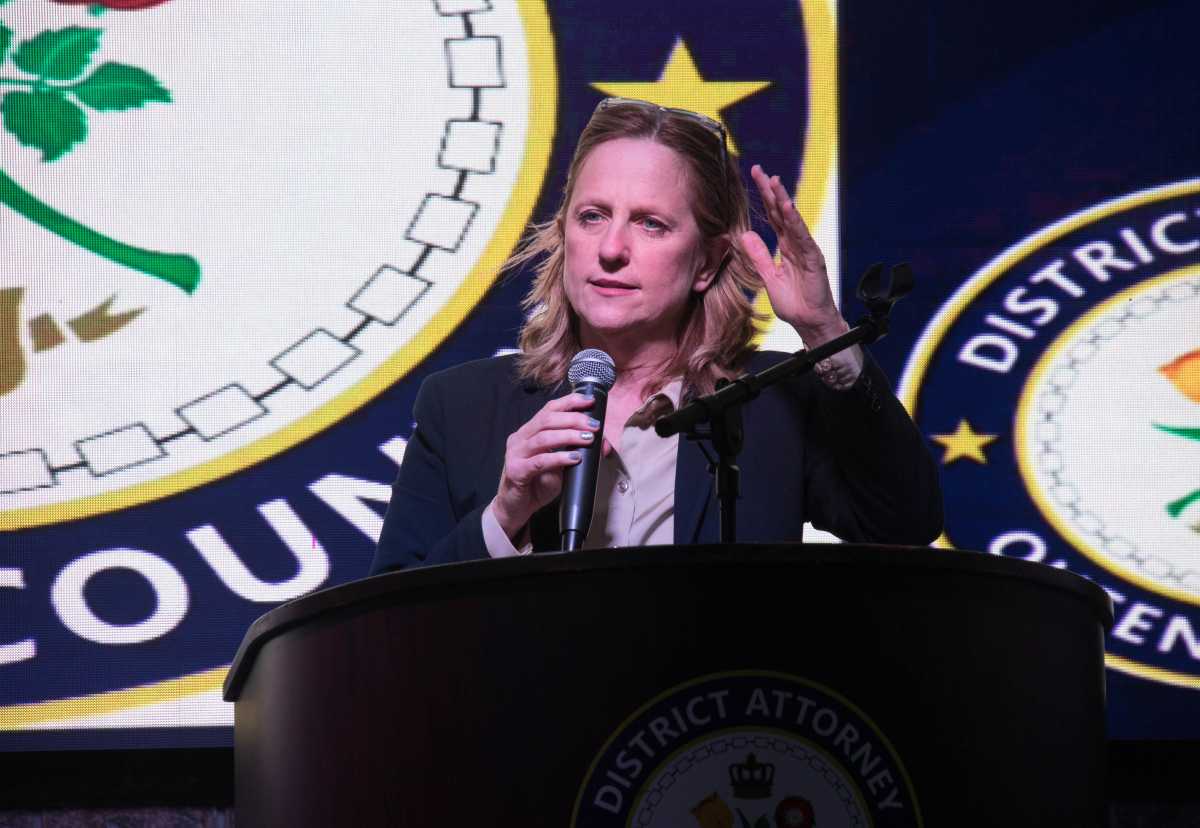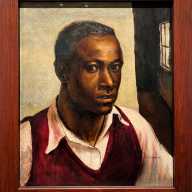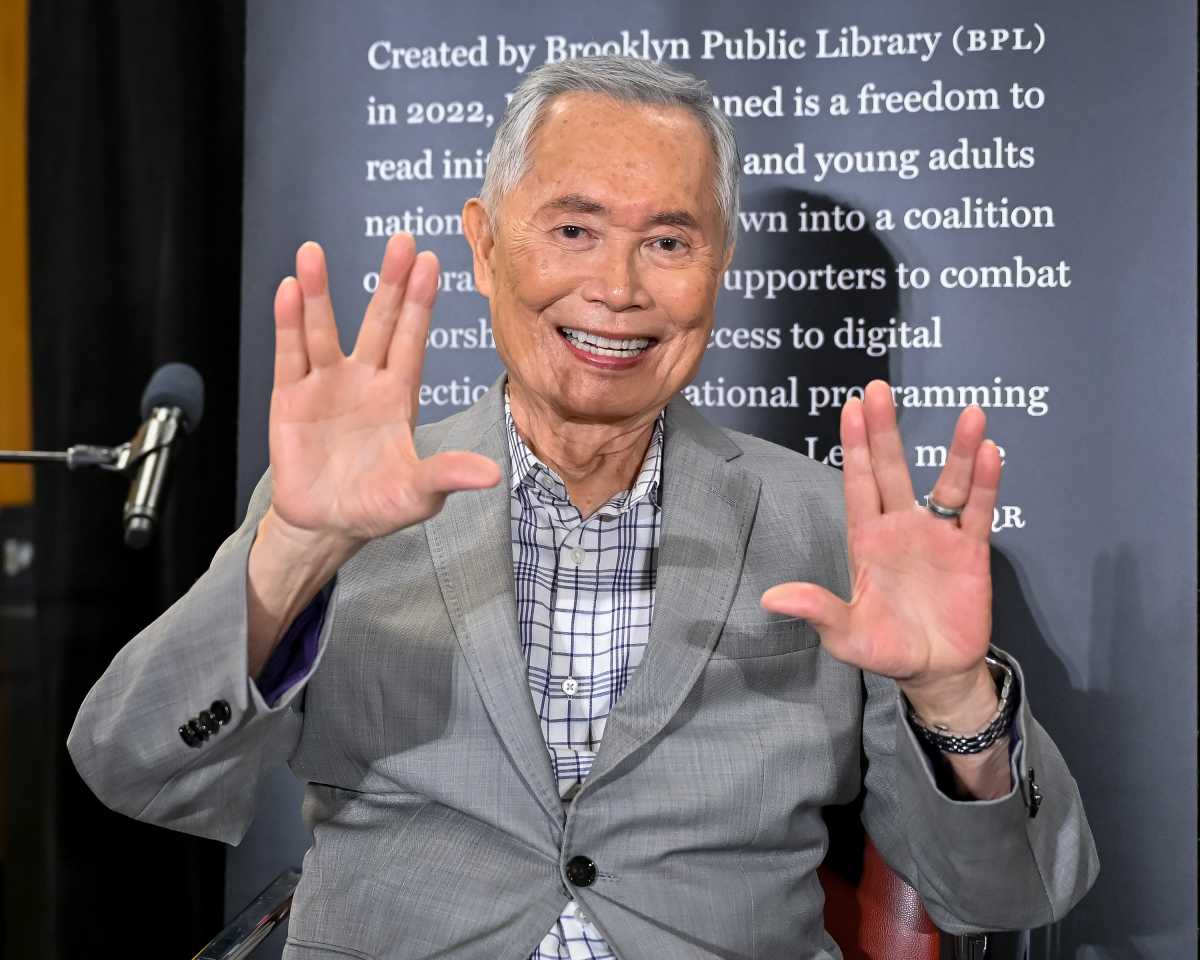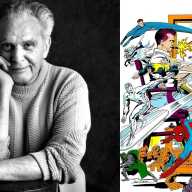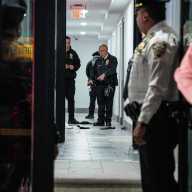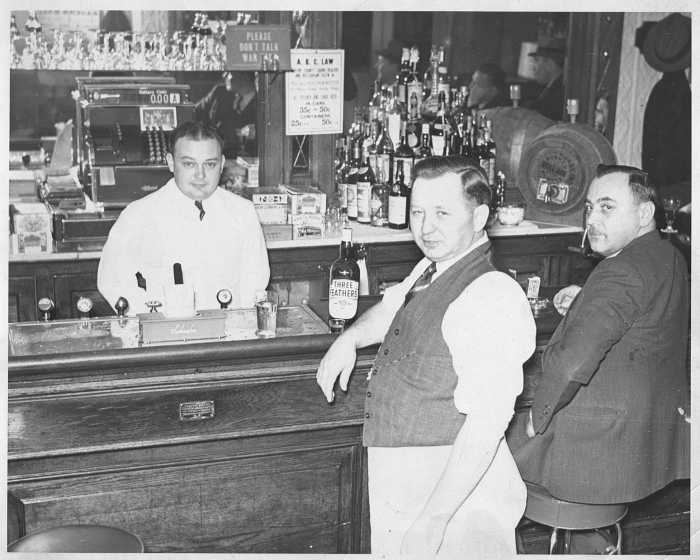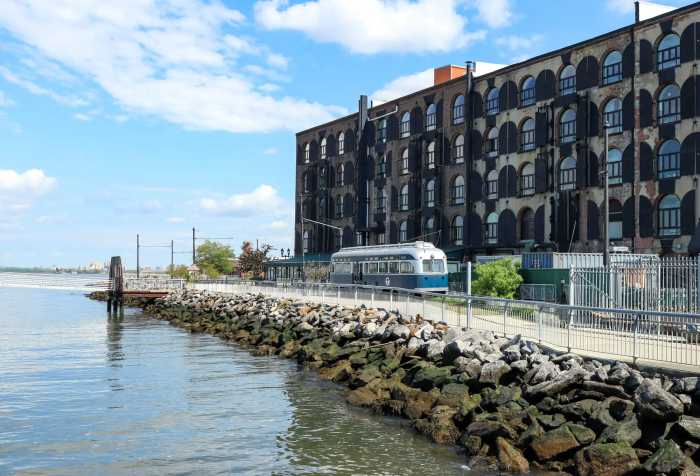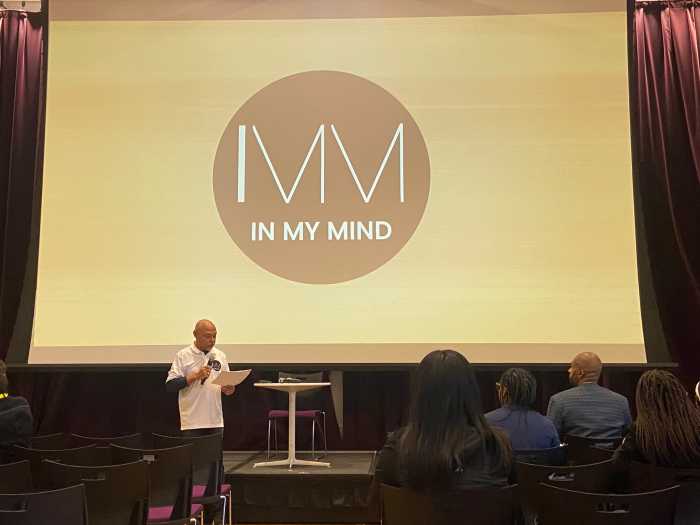Friends of the Brooklyn Queens Connector was set to launch its website on Thursday, geared toward organizing an educational campaign and engaging with New Yorkers during the city’s planning of the streetcar project.
The website, bqx.nyc, will serve as a “clearinghouse for information” about the project and a central hub for members of the community to get involved, according to the independent coalition.
“The Friends of the BQX exists to make sure that this investment in a corridor historically underserved by transit will be as equitable, impactful and resilient as possible,” said Ya-Ting Liu, executive director of the organization. “We believe the BQX has the potential to dramatically improve quality of life for those who have been left out by the existing transportation network, and we look forward to growing our coalition to represent everyone who will benefit.”
Mayor Bill de Blasio’s $2.5 billion streetcar plans to connect Sunset Park to Astoria along a 16-mile route. He envisions the streetcar to be a vital link for the rapidly developing corridor. In an area were most mass transit moves east to west — to get people from the outer boroughs into Manhattan — the BQX would travel north to south to accommodate the new job hubs growing in Brooklyn and Queens.
As public outreach progresses, some residents along the route have questioned if a streetcar, as opposed to something similar to bus rapid transit, would be best for the route.
On Thursday, Friends was also set to announce its full 25-member board, which includes a list of transit advocates, experts and community leaders like Tom Wright, president of the Regional Plan Association; Paul Steely-White, executive director of Transportation Alternatives; and Ramon Peguero, executive director of Los Sures.
“Regional Plan Association is honored to be part of the Friends of the Brooklyn Queens Connector coalition,” said Wright in a statement. “We look forward to working with our coalition partners and the communities along the corridor to ensure a diverse range of stakeholders is involved in the planning process.”
